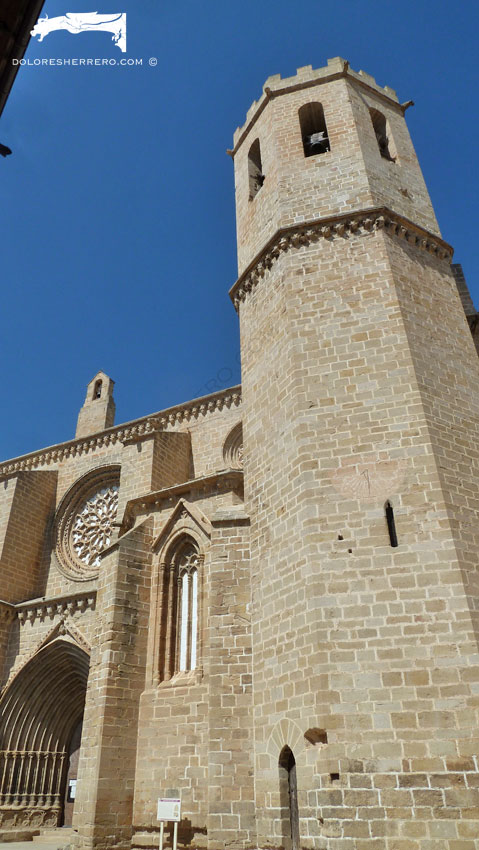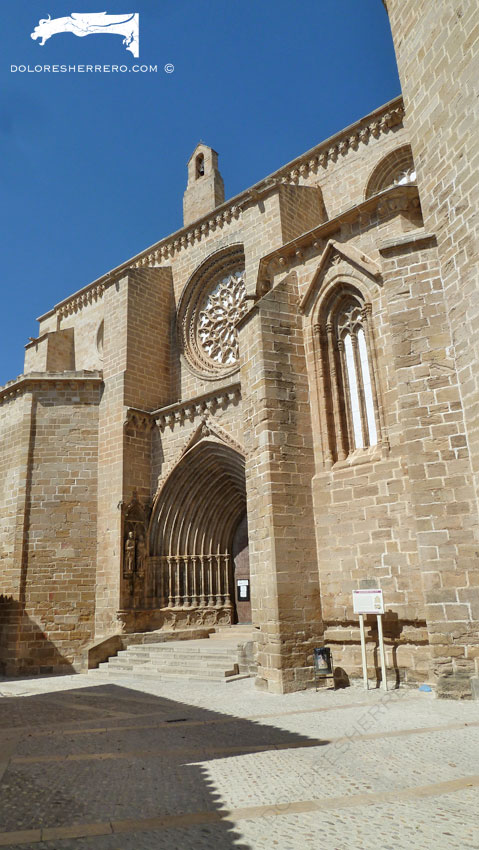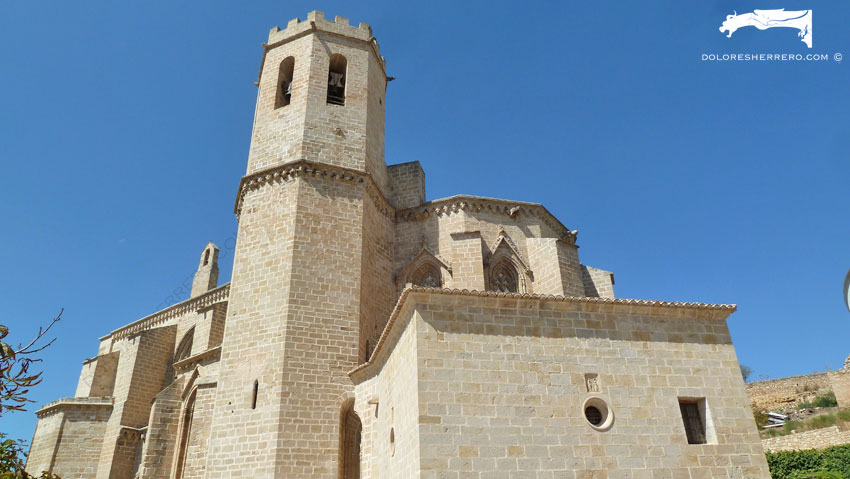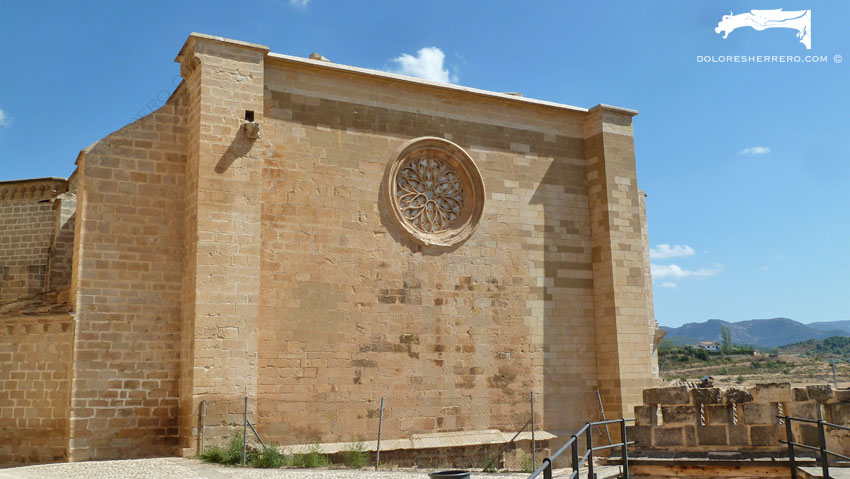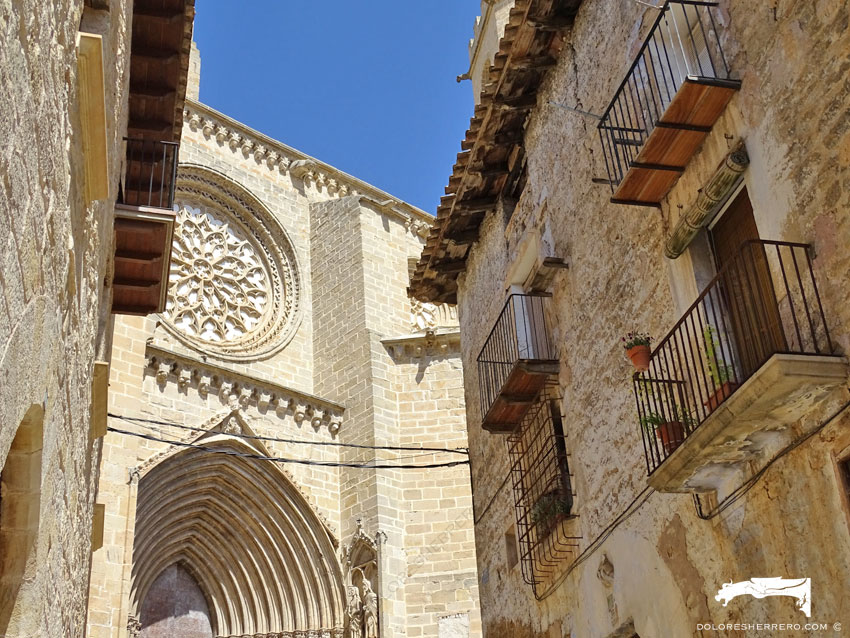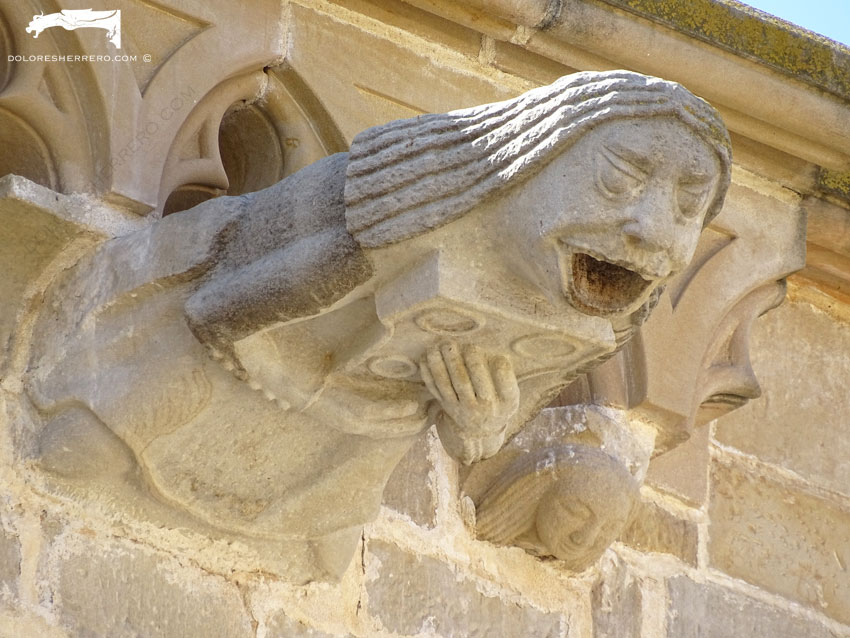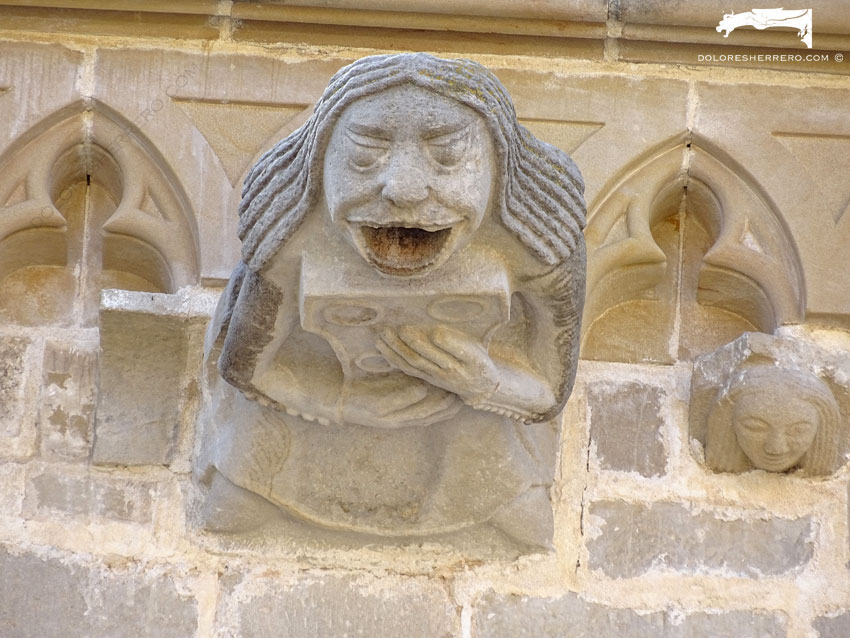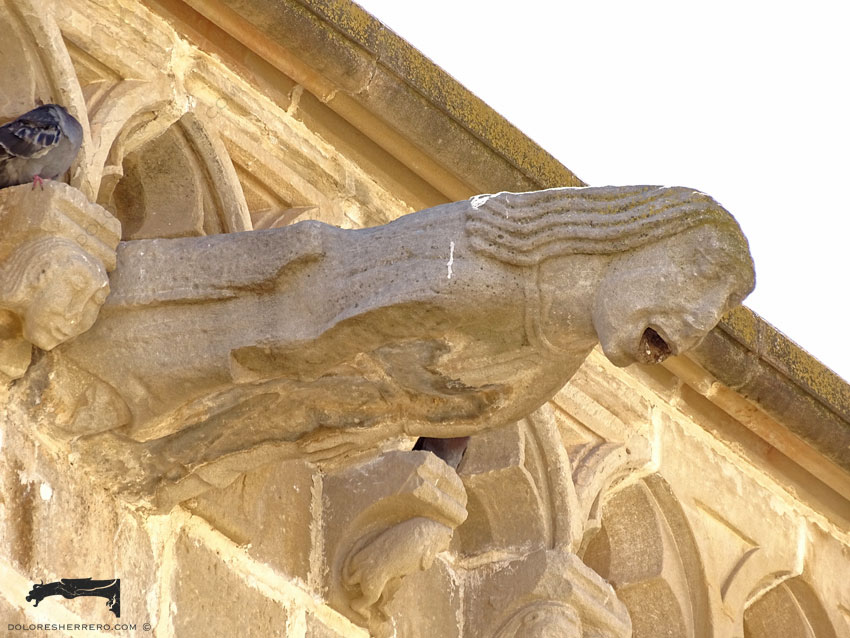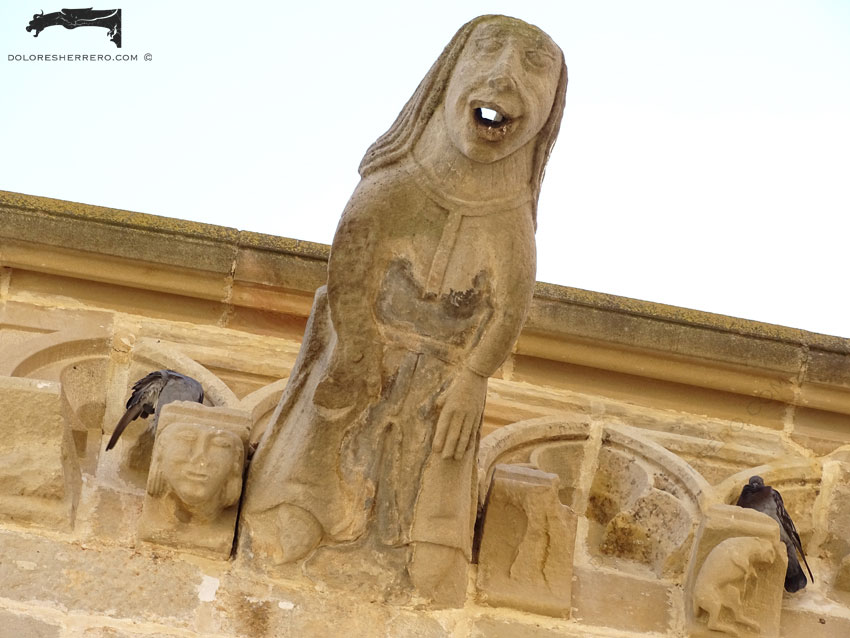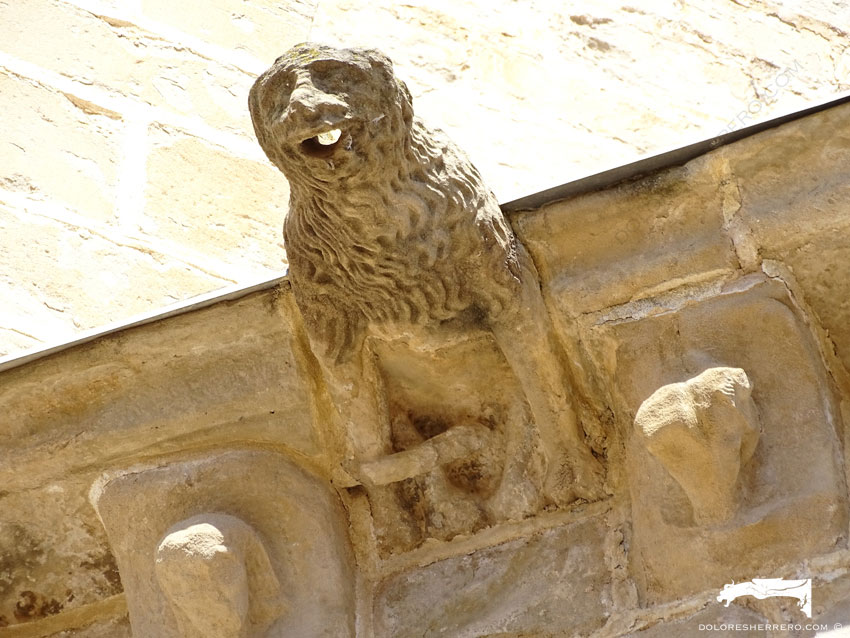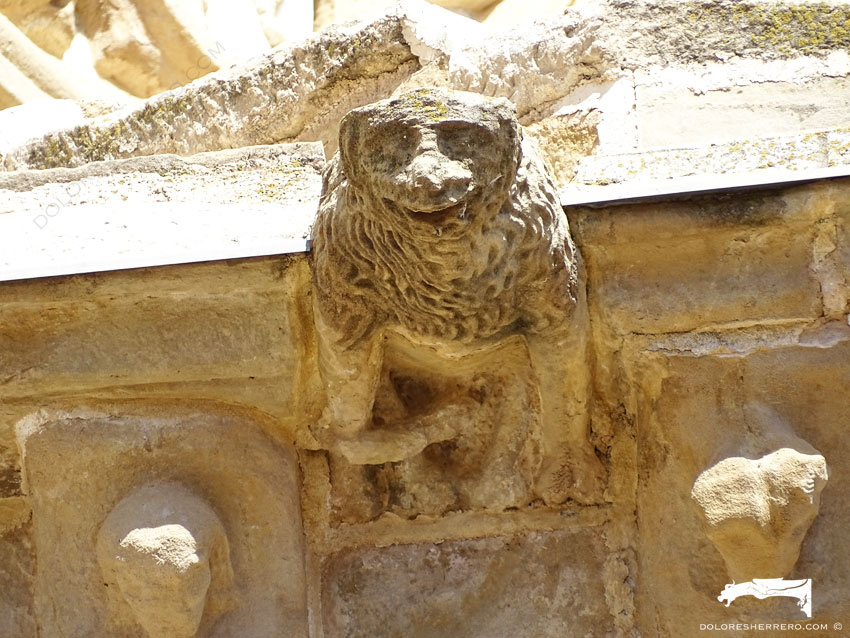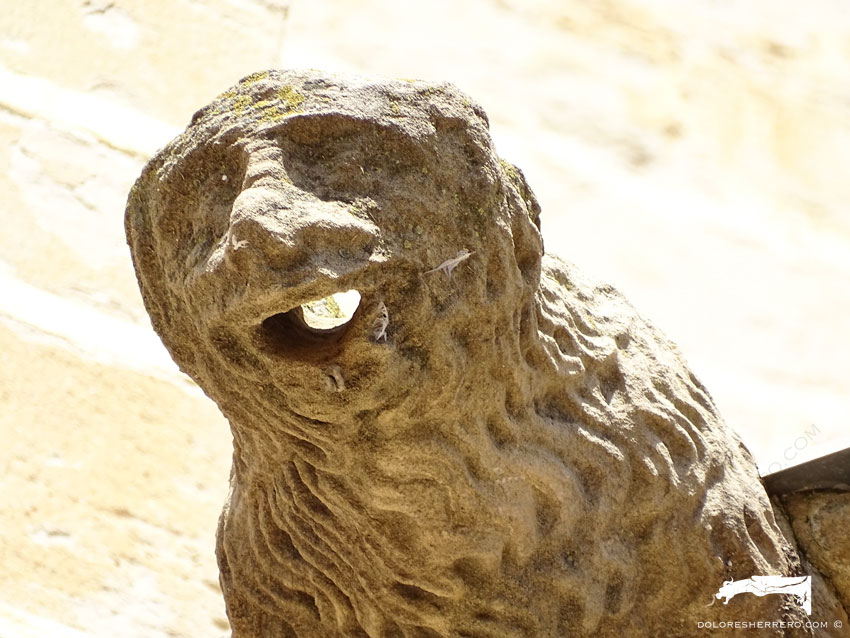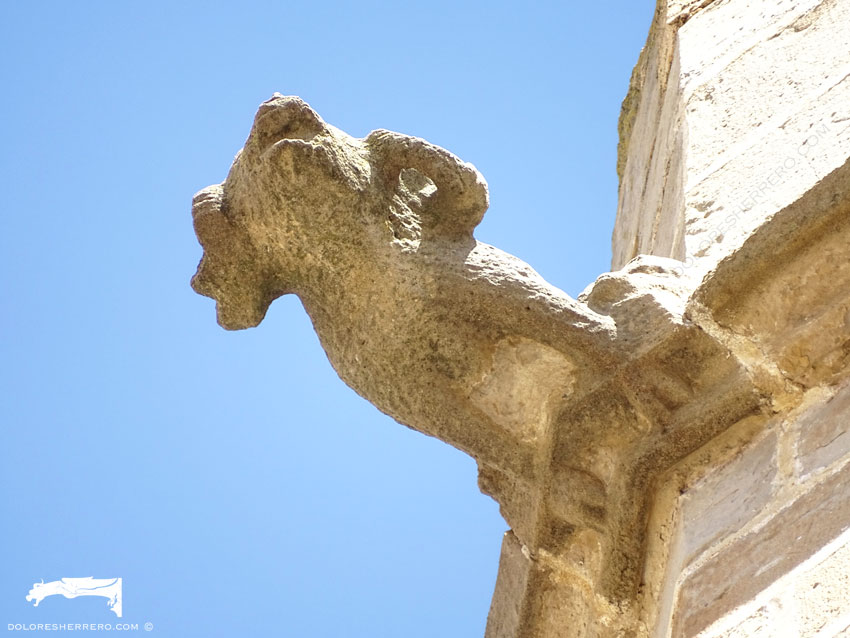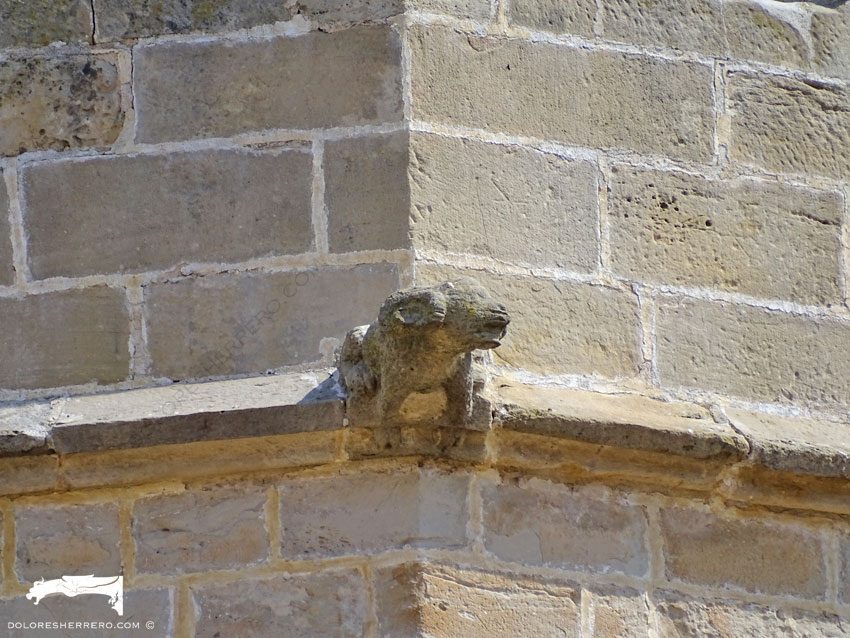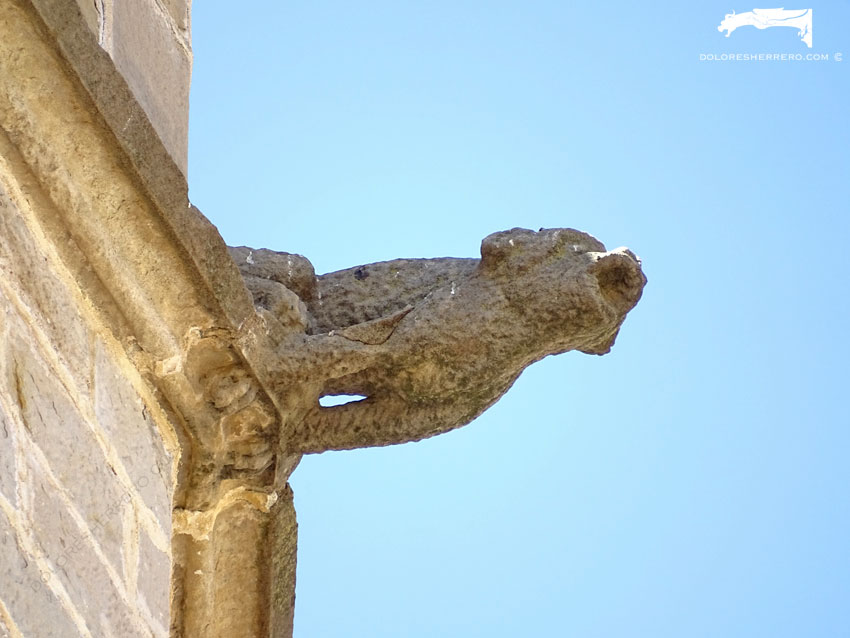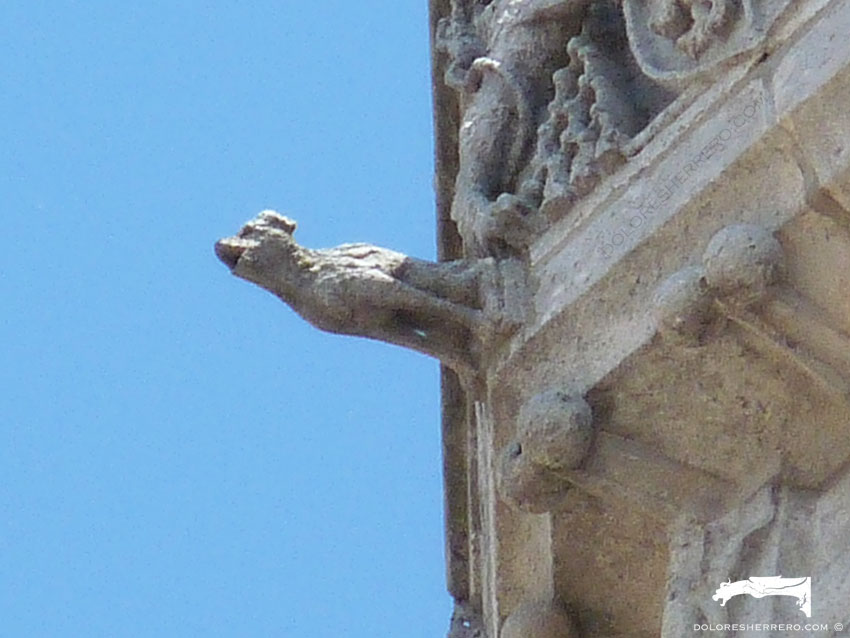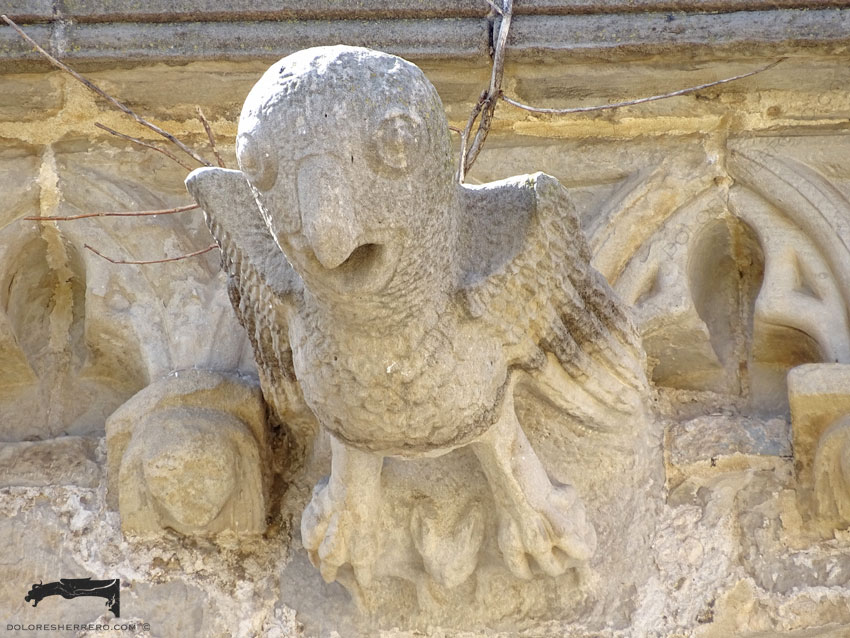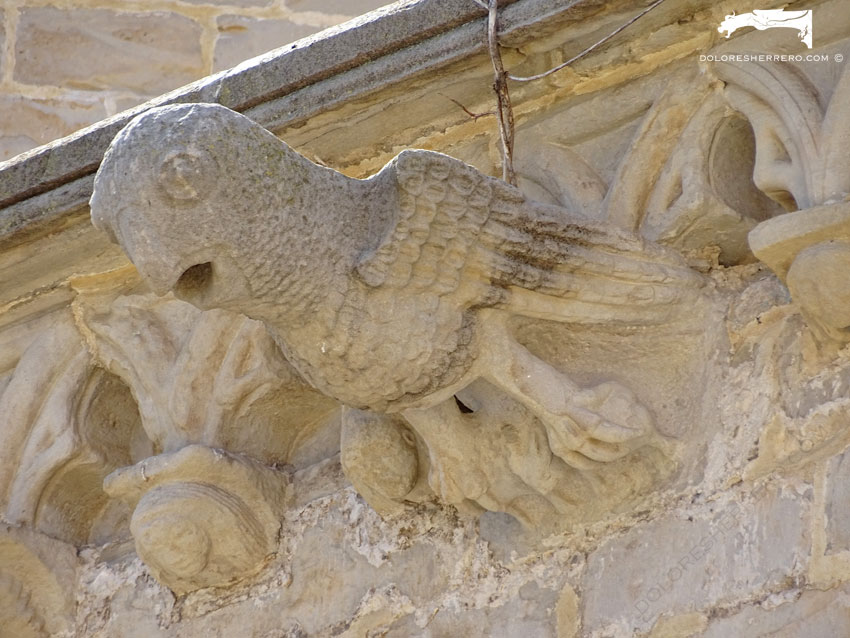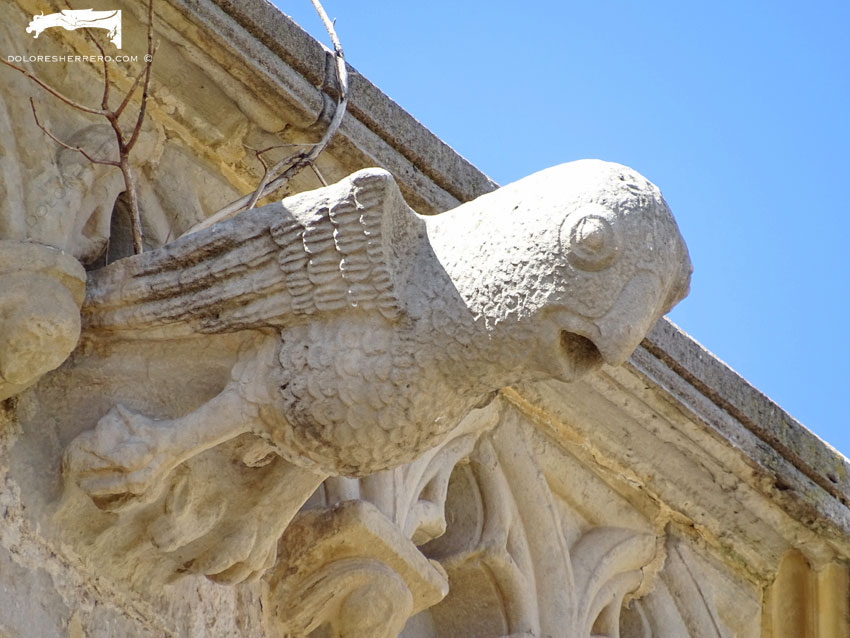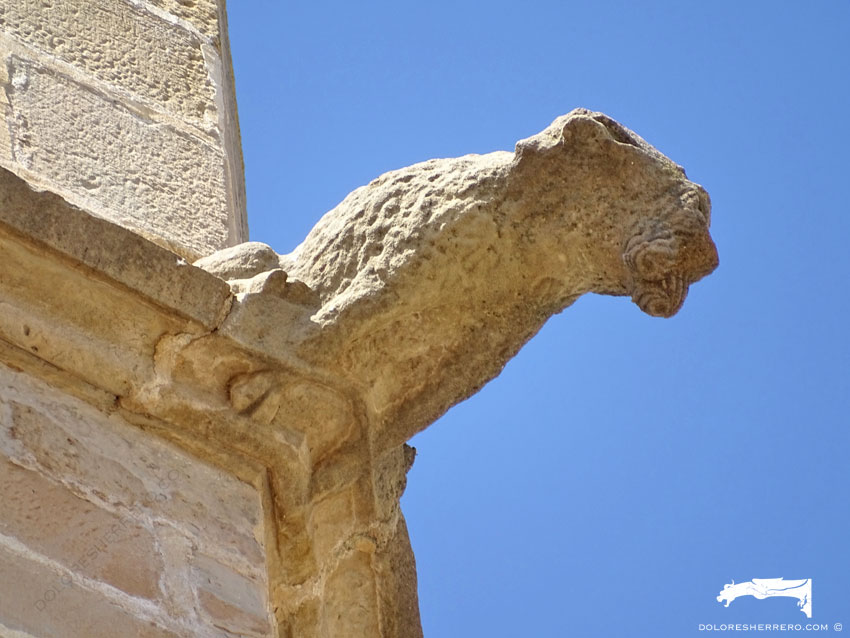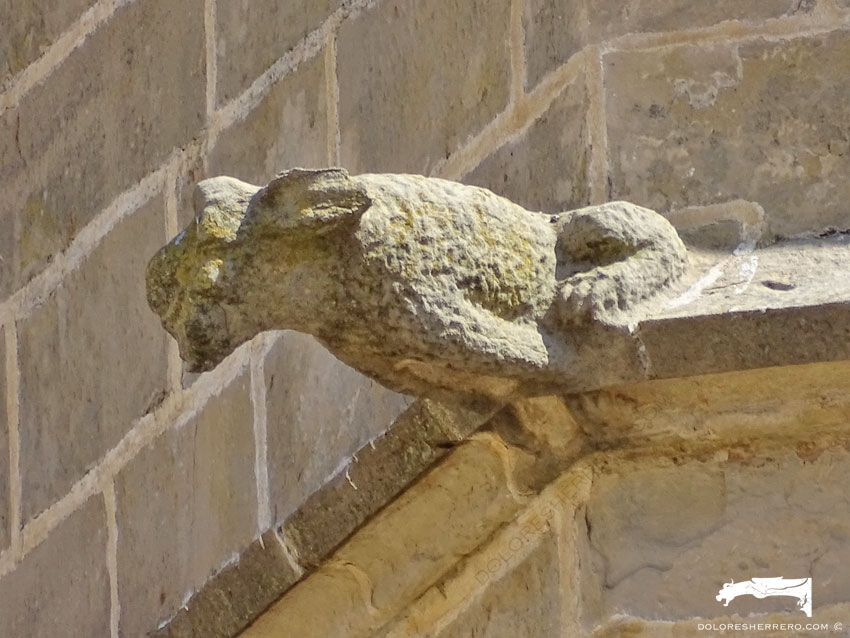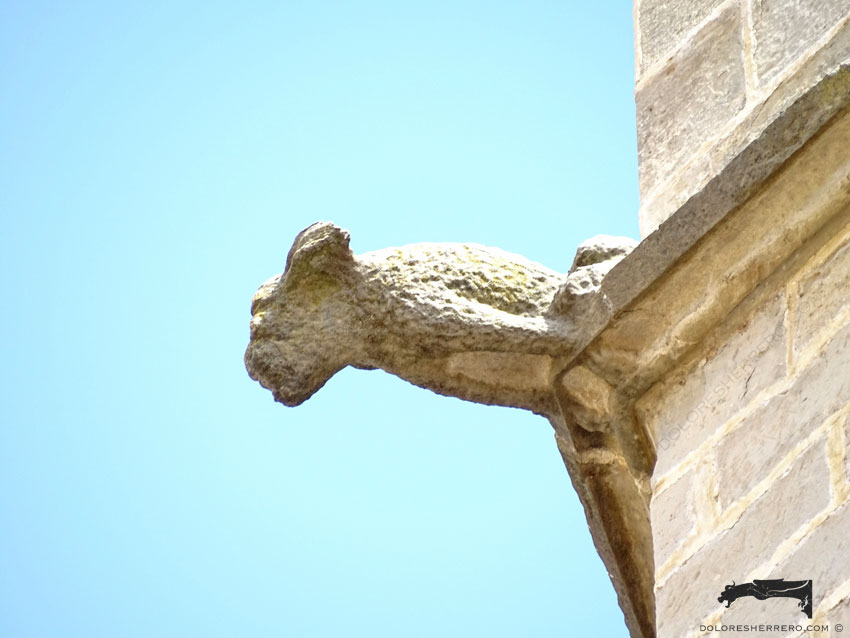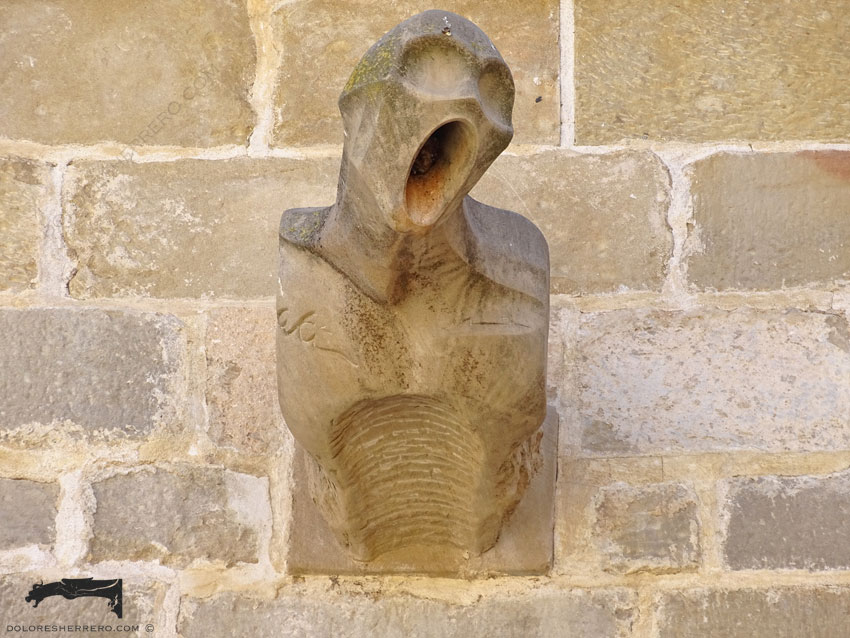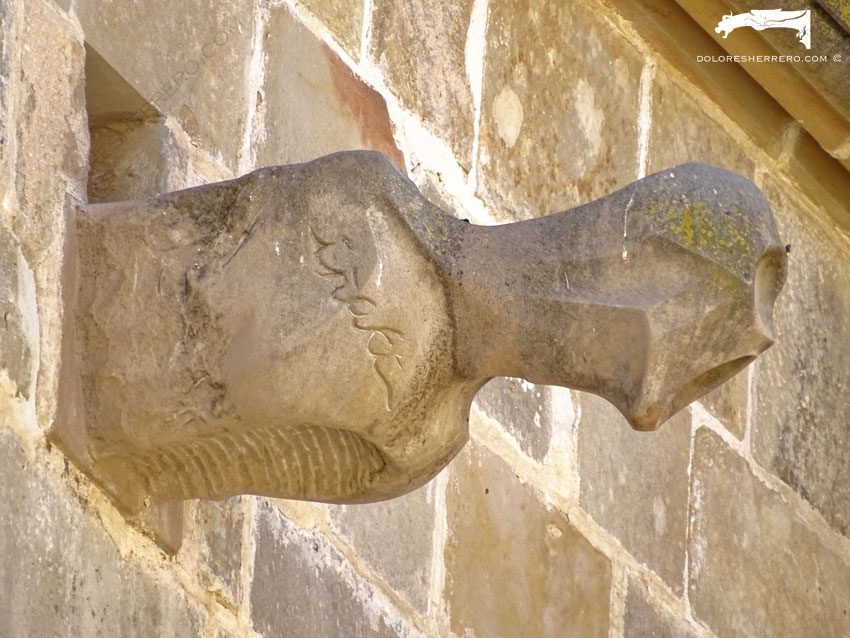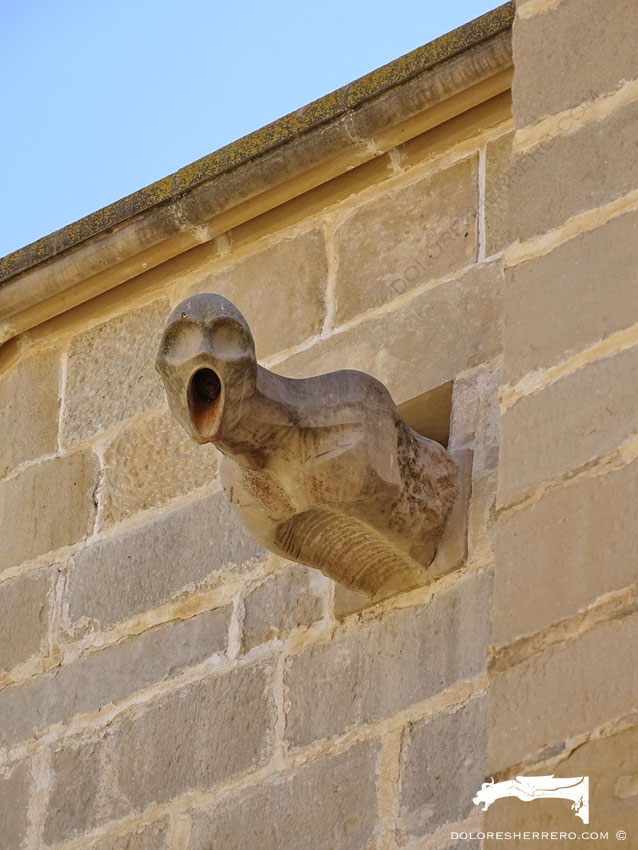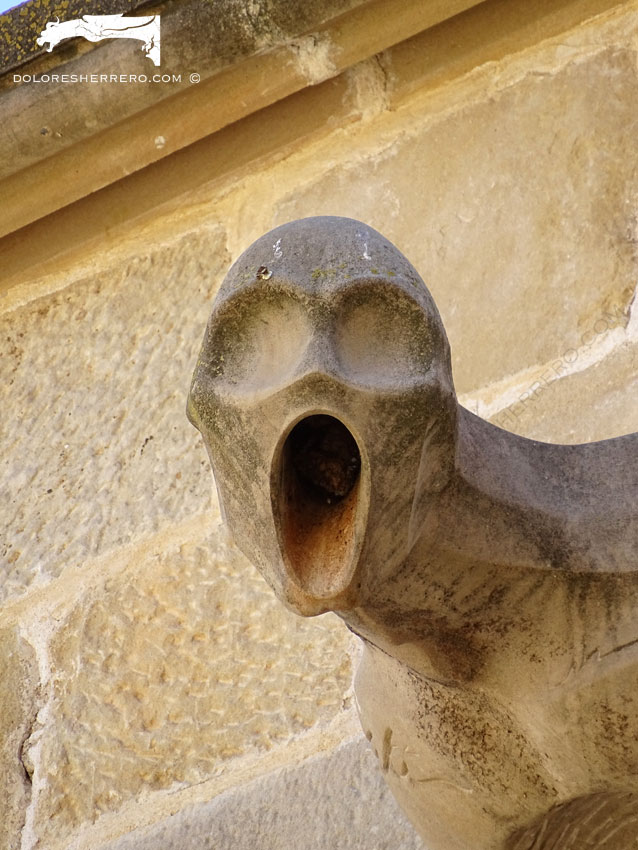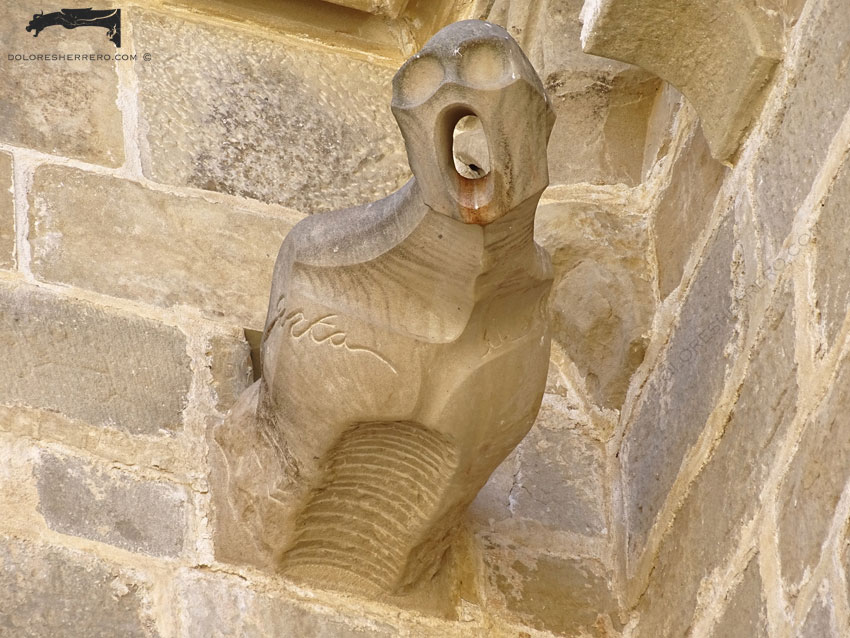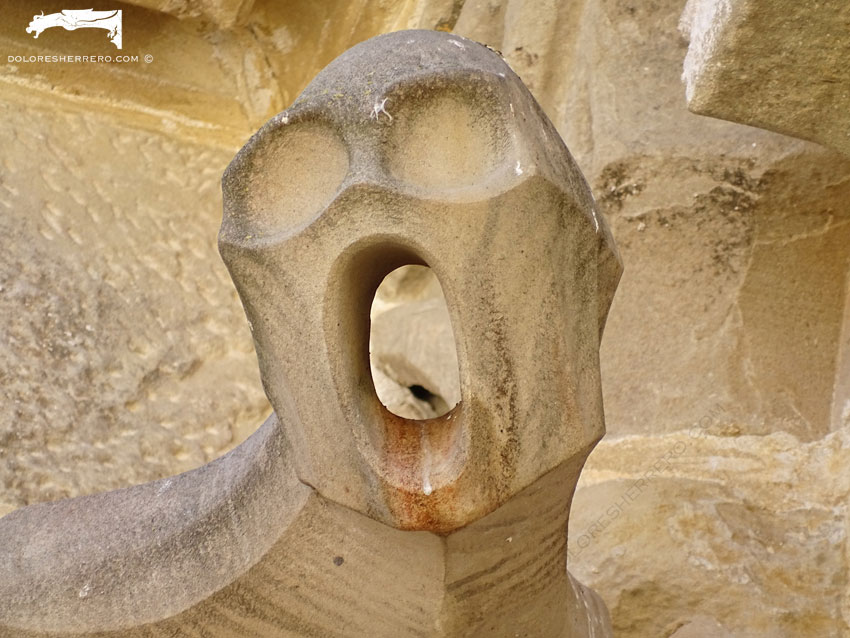Gargoyles of Lower Aragon: The Unique Example of Valderrobres
In the beautiful town of Valderrobres, in the Aragonese region of Matarraña (Teruel, Spain), stand the gargoyles that are the focus of this entry. Located on the parish church of Santa María la Mayor, they form, together with the castle built between the 14th and 15th centuries, a splendid architectural ensemble.
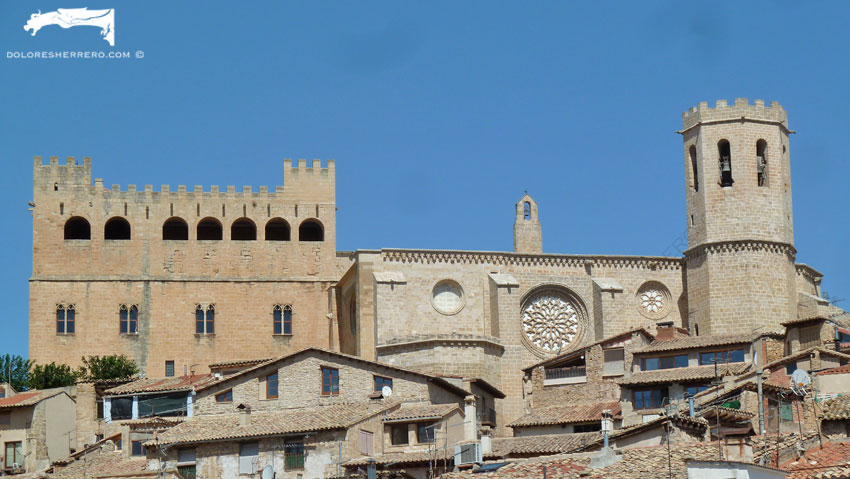
History and Architecture of the Church of Santa María la Mayor in Valderrobres
Regarding the chronology of the Gothic church, some authors date its construction to the late 13th century, others to the second half or end of the 14th century, and some to the mid-15th century. However, it seems that the most significant building phase took place in the second quarter of the 14th century. In the 18th century, a sacristy was added, attached to the apse, and in the 19th century, due to water seepage, the roof and part of the west end collapsed, prompting decisive renovations. Later, further restorations were carried out during the 20th and 21st centuries.
The church is a solid construction with the appearance of a fortress, emphasized by its exterior buttresses and the crenellated crown of the bell tower. It was declared a Bien de Interés Cultural – Monument (Heritage of Cultural Interest – Monument) by Royal Decree of 22 December 1982, issued by the Spanish Ministry of Culture.
Gargoyles and Corbels in the Architecture of Santa María la Mayor
Alongside the decorative and fantastic corbels that surround the upper part of the church, we find the fabulous and striking gargoyles, which will be presented below according to their typologies.
Gargoyles Representing Human Figures
On the southern side there is a human figure with a feminine appearance. She has wavy hair, a buttoned dress on the torso and sleeves, and her hands placed along the sides of the body. The facial features, although schematic, are oversized, especially the mouth with its thick lips. It is a broad and robust figure.
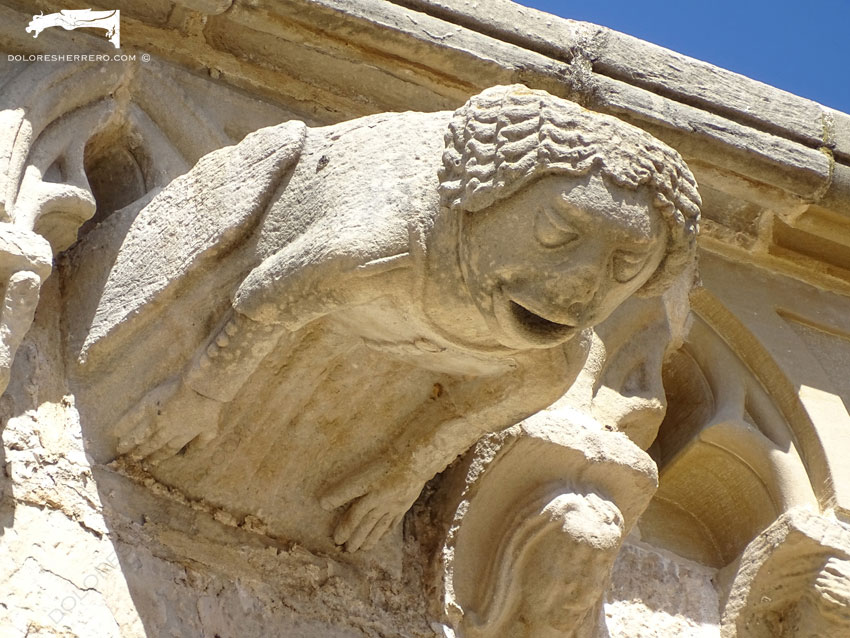
The next gargoyle represents a woman with long, straight hair and facial features similar to the previous figure. She wears a dress with buttoned sleeves and has shod feet that protrude outward. In her hands she holds a geometric object decorated with circles, resembling a piece of a children’s game.
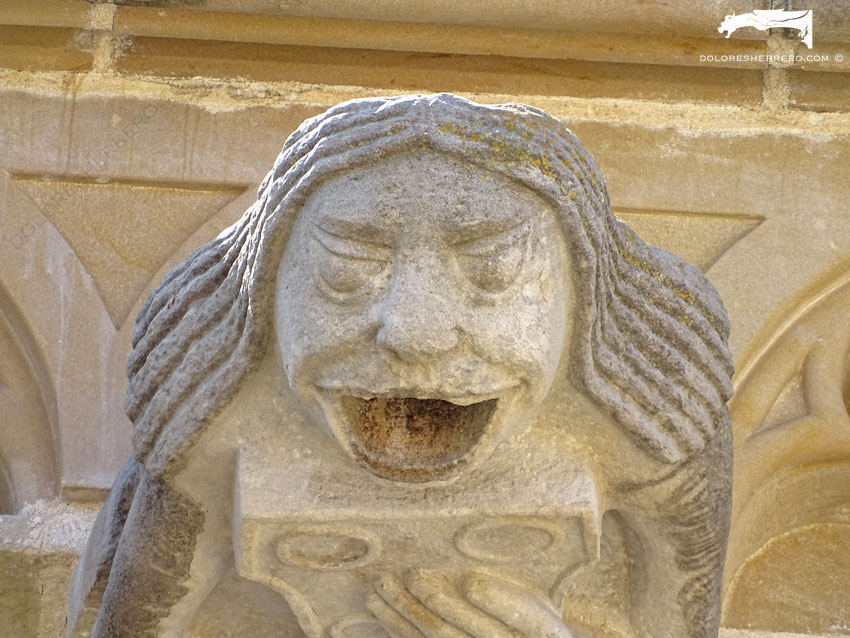
In the northeastern area there is another female figure with long, straight hair, a dress with a hem and belt, and shod feet that protrude. She appears to rest her hands on her knees, and her facial features are of the same type as the two previous figures.
Gargoyles Representing Real Animals
On the southern side there is a lion with a long mane and a protruding tail. The lion is one of the most frequently represented animals in gargoyles. It is considered the king of terrestrial animals, adopted by Christian iconography as the Lion of the Tribe of Judah, a symbol of Christ. It is said that the lion never closes its eyes, even while sleeping, and thus also serves as an emblem of vigilance. In other cases, although less common, the lion appears with a negative meaning and is depicted as a symbol of pride or the Antichrist, or as a roaring lion or demon carrying away souls.
On the tower, placed at each corner of the octagon, there are remarkable gargoyles in the form of animals; some of them recall those on the spires of the towers of Burgos Cathedral (Spain).
As the first real animal, a ram is depicted with large curled horns and cloven hooves.
There is also a dog. Together with the lion and the eagle, the dog is one of the animals most frequently represented in gargoyles. It is an example of loyalty and vigilance, a protector of homes and their inhabitants. Although the Middle Ages revived the meaning of the dog as man’s faithful companion, there are medieval texts in which it appears as a symbol of certain vices and sins, such as envy, and the Libro de los Enxiemplos (14th century) presents it as the personification of hypocrites, flatterers, and the ungrateful.
- Burgos Cathedral (Spain)
Near the apse there is a magnificent gargoyle. Although it has a canine head, it could well be interpreted as a lion, since it displays an abundant mane. Once again we observe oversized features (ears, eyes, mouth with teeth), and the figure openly displays its genitals. Next to it there is a geometric gargoyle of cylindrical design, with a moulding marked by a crenellated pattern around the mouth.
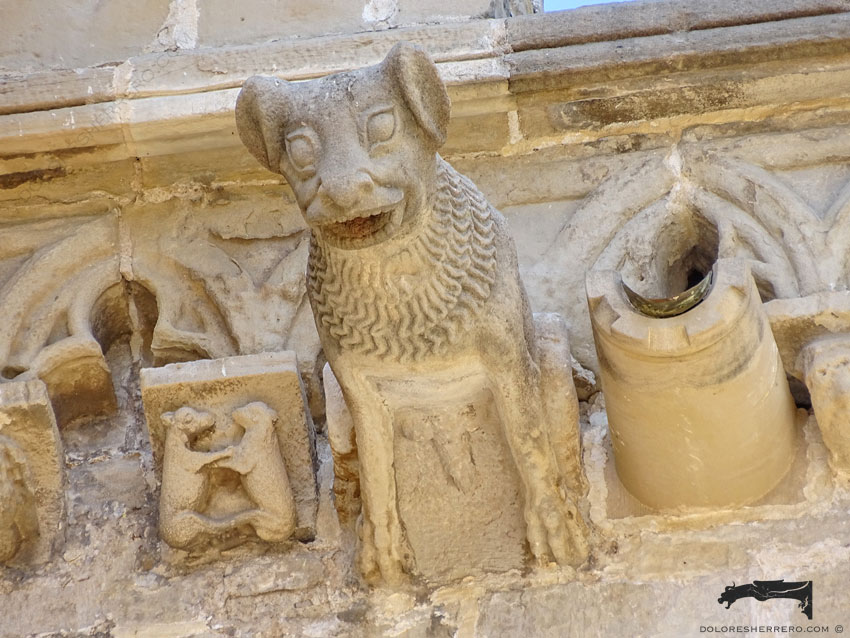
Continuing our tour around the apse, we encounter the figure of an eagle grasping a small bat in its talons. The eagle, queen of birds, is a Christological symbol. When it grows old, it is said to seek out a spring; it then soars up toward the sun, burning away its old feathers and the film that clouds its dim eyes, and finally descends to the spring, plunging into it three times, thus renewing its youth. In Christianity, the eagle came to symbolize both Jesus Christ and the faithful, and the fable of its rejuvenation represented the resurrection of the Christian, just as that of Christ. On the negative side, the eagle was sometimes used as an image of Satan. The bat, meanwhile, is an animal linked to demonic symbolism.
Gargoyles of Indeterminate Typology
On the tower there are three gargoyles which, although their typology and details cannot be determined with precision due to weathering, display notable features: possible curled horns, an anthropomorphic appearance, a beard, or cloven hooves. The shape of some of the heads even makes them appear almost bicephalous.
Gargoyles Representing Anthropomorphic Figures
Finally, a pair of gargoyles on the apse stands out for their style and subject matter. They are two striking and highly original figures, somewhat unsettling in their anthropomorphic appearance. These magnificent gargoyles were created by the sculptor José Miguel Abril. Around 2007, he was commissioned to produce two gargoyles for the church which, in principle, were intended to be simple spouts, but he chose instead to carve two identical and related figures in a more contemporary style. The hollow eye sockets and mouths give them an air of mystery. Placed together, they gaze at one another as if engaged in conversation. Suggestive and expressionist, they both surprise and fascinate passers-by.

Gargoyles of Valderrobres: Faces Preserving the Memory of Lower Aragon
The gargoyles of this church are unique and of great artistic beauty. Above all, their sculptural style stands out: the faces of the human figures, with features that evoke African models, or the last two, so modern and unusual.
Travelling through the villages of Lower Aragon, we see that these beautiful towns, their people, their landscapes, and their monuments with their gargoyles form part of an exceptional heritage, whose beauty and charm do not go unnoticed.
Bibliography
CHARBONNEAU-LASSAY, L., El bestiario de Cristo. El simbolismo animal en la Antigüedad y la Edad Media, vols. I y II, Palma de Mallorca, José J. de Olañeta, Editor, 1997.
FERGUSON, G., Signs & symbols in Christian Art, New York, Oxford University Press, 1961.
HERRERO FERRIO, D., “La gárgola en el mundo hispano bajomedieval”, Revista de Iconografía Medieval, vol. VIII, nº16, 2016, pp. 67-99. e-ISSN: 2254-853X.
LOMBA SERRANO, C., La Casa Consistorial en Aragón. Siglos XVI y XVII, Zaragoza, Diputación General de Aragón. Departamento de Cultura y Educación, D. L., 1989.
MATEO GÓMEZ, I., Temas profanos en la escultura gótica española. Las sillerías de coro, Madrid, Consejo Superior de Investigaciones Científicas. Instituto Diego Velázquez, 1979.
REBOLD BENTON, J., Holy Terrors. Gargoyles on medieval buildings, New York, Abbeville Press, 1997.
SIURANA ROGLÁN, M., La arquitectura gótica religiosa en el Bajo Aragón turolense, Teruel, Instituto de Estudios Turolenses de la Excma. Diputación Provincial de Teruel, 1982.
MALAXECHEVERRÍA, I., Bestiario medieval, edición y traducción del inglés de I. Malaxecheverría, Madrid, Ediciones Siruela, S. A., 2008.
MARIÑO FERRO, X. R., El simbolismo animal. Creencias y significados en la cultura occidental, Madrid, Ediciones Encuentro, 1996.
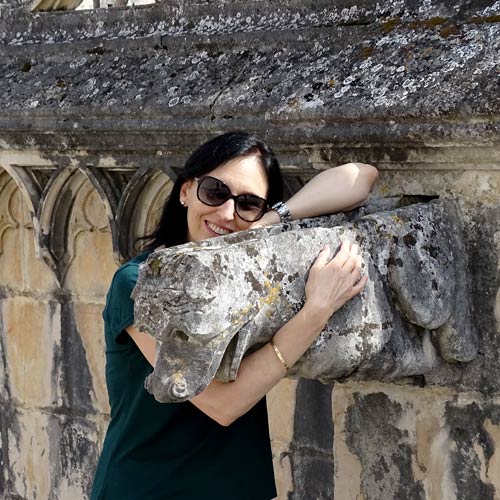
Doctor of Art History and researcher specializing in the study of gargoyles.
I am Dolores Herrero Ferrio, and my thesis, “An Approach to the Study of Gargoyles of Gothic Cathedrals in Castilla and León”, is dedicated to the study of these fascinating figures.
If you like gargoyles and art history, you will also enjoy my book, “The Gargoyle and Its Iconography,” a book I have written with great care for those interested in the world of gargoyles.
I have created my own Encyclopedia of Gargoyles, a Gargopedia to share with you, where you will discover all the secrets and wonders of these enigmatic sculptures.
I hope you enjoy this Gargopedia as much as I have enjoyed creating it, and remember that each gargoyle has a story to tell, and here you will discover them all.
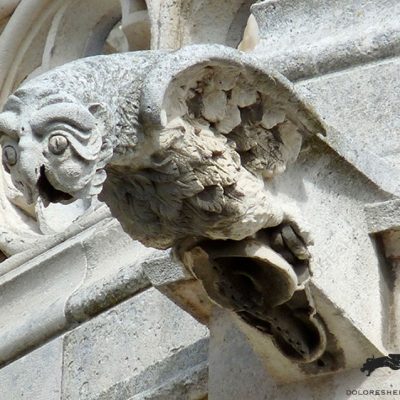 Gargoyles and Unusual Animals: Part One
Gargoyles and Unusual Animals: Part One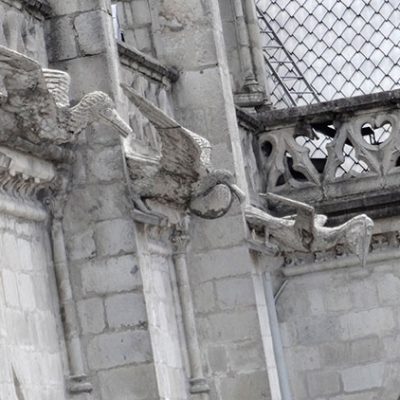 Gargoyles of Quito (Ecuador): Animal Sculptures in Andean Architecture
Gargoyles of Quito (Ecuador): Animal Sculptures in Andean Architecture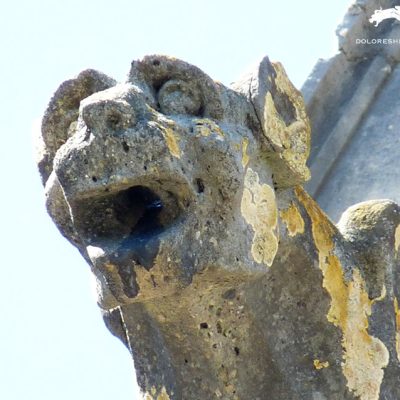 Gargoyles in Limoux (France): The Sculptural Ensemble of the Church of Saint-Martin
Gargoyles in Limoux (France): The Sculptural Ensemble of the Church of Saint-Martin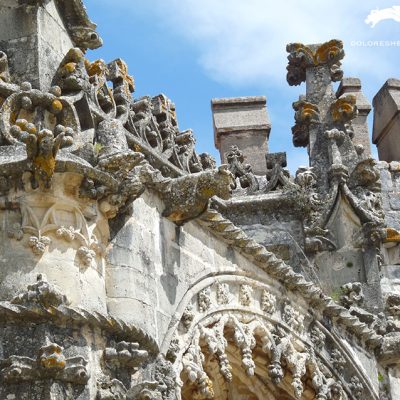 Gargoyles of Tomar in Portugal: Gothic Art and Templar Legacy
Gargoyles of Tomar in Portugal: Gothic Art and Templar Legacy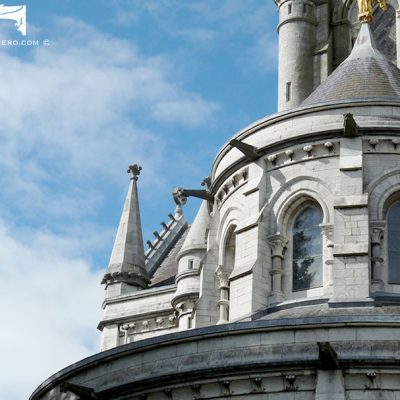 Gargoyles of Cork Cathedral: Fantastic Symbols in the Architecture of Ireland
Gargoyles of Cork Cathedral: Fantastic Symbols in the Architecture of Ireland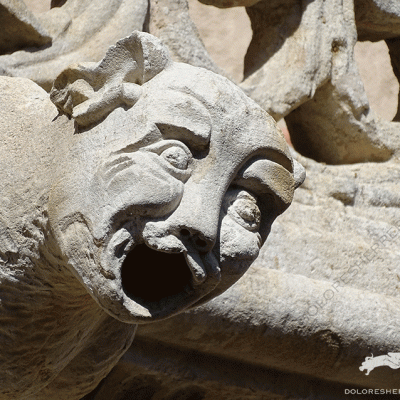 The Emblematic Gargoyles of Salamanca’s Casa de las Conchas
The Emblematic Gargoyles of Salamanca’s Casa de las Conchas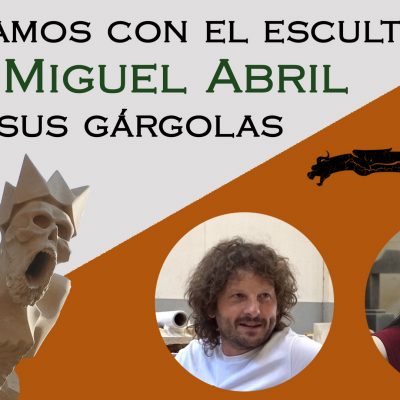 Interview with the Sculptor José Miguel Abril
Interview with the Sculptor José Miguel Abril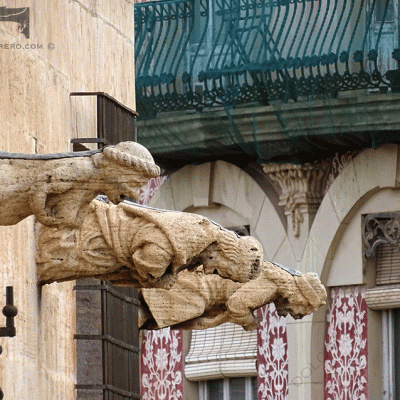 The Gargoyles of Valencia Cathedral
The Gargoyles of Valencia Cathedral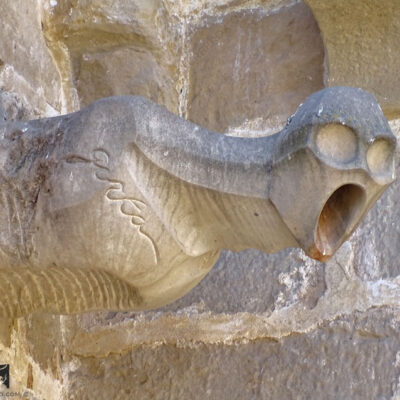 Gárgolas de la Iglesia de Santa María la Mayor de Valderrobres (Teruel)
Gárgolas de la Iglesia de Santa María la Mayor de Valderrobres (Teruel)